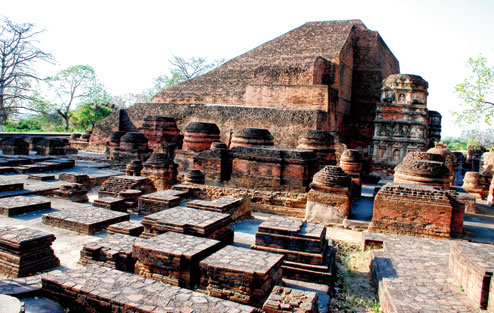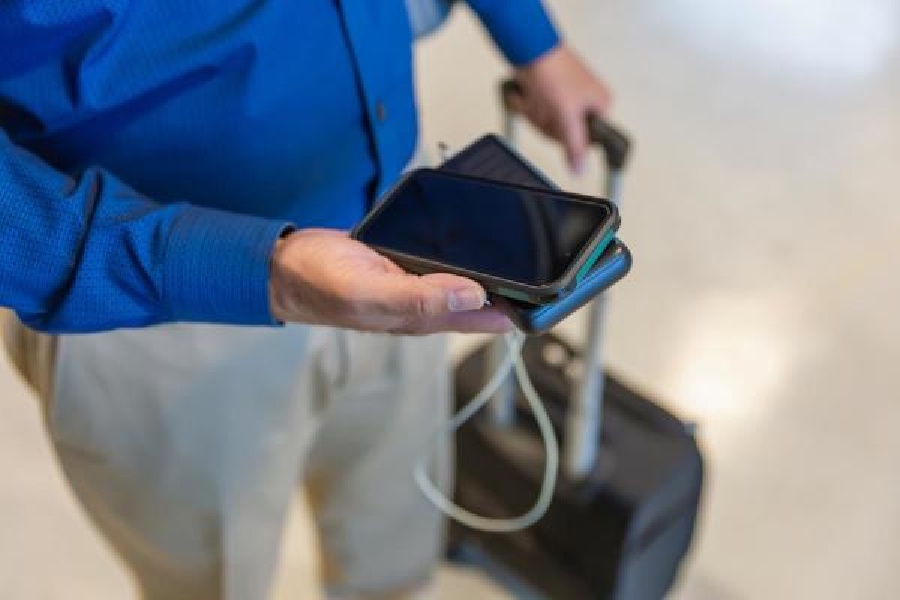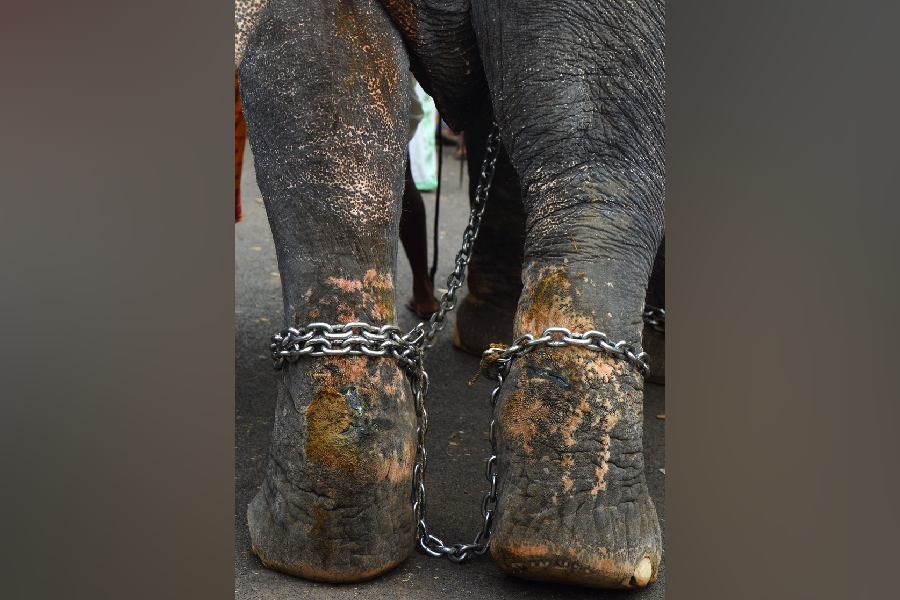 |
| The Nalanda University ruins. Telegraph picture |
The ruins of ancient Nalanda University, depicting the glorious past of Bihar, virtually does a disappearing act after sunset in the absence of lighting facility.
The place having the potential to be included in the list of Unesco heritage sites looks like a hazy hillock after dusk. Barely 15km from the upcoming campus of Nalanda University 2.0 in Rajgir and around 100km from Patna, spotting the ancient seat of learning beside the semi-lit approach road is an uphill task for any visitor.
When The Telegraph visited the ruins on the eve of the maiden classes of the new Nalanda University, even the signboard at the entrance to the ruins was not visible. One would certainly need extraordinary vision to spot the heritage site at first sight after sunset in the absence of lights.
The classes of the new varsity started on September 1. A day after, its 11 students visited the heritage site as part of their study tour.
Nalanda University vice-chancellor Gopa Sabharwal also expressed her disappointment over poor lighting- arrangements at the Nalanda ruins.
“There should be proper lighting arrangement at ruins. The absence of lights not only denies the visitors a night view of this beauty site from outside but also triggers security concerns. Any person can enter the ruins by taking advantage of darkness and damage the archaeological structures,” said Sabharwal.
A source in Archaeological Survey of India (ASI) said solar lamps were installed on the premises of ancient Nalanda in 2004. But they turned defunct soon after.
“An official inquiry is going on regarding the non-functional lampposts inside the Nalanda ruins after the Central Bureau of Investigation raised the issue following a recent visit by its team,” said a senior ASI official under the condition of anonymity.
M.S. Chouhan, the superintending archaeologist of Patna circle, was not available for comment. Ancient Nalanda University ruins are primarily an archaeological site found during the excavations conducted by ASI between 1915 and 1937 and 1974-82. An inscribed seal written “Sri-Nalandamahavihariy-Arya-Bhikshu-Sanghasya” identifies the site as Nalanda Mahavihara.
Founded in the 5th century AD, ancient Nalanda was one of the first great global universities that survived until 1193. Devoted to Buddhist studies, it offered courses in medicine, mathematics, astronomy, politics and fine arts also. Among its early students was Hiuen Tsang, the 7th century Chinese traveller.
Several betel shops and soft drink kiosks dot the approach road to the heritage site now. Even their owners rued the lack of proper maintenance of the ancient seat of learning. Manohar Prasad, who owns a CD shop opposite the ruins, said: “One cannot even spot the site in the night time. We see tourists coming here after sunset and returning disappointed as nothing is visible.”
Mantu Kumar, a betel shop owner in front of the entrance of Nalanda University ruins, said: “Leave apart the premises of ancient Nalanda University ruins, hardly any streetlight functions on its approach road.”
Apart from defunct lampposts, entry timing for visitors at the ruins from 9am to 5pm acts as a dampener. According to clause 5 (1) of Ancient Monuments and Archaeological Sites and Remains Rules, 1959, protected monuments should remain open from “sunrise to sunset” with certain exceptions.










